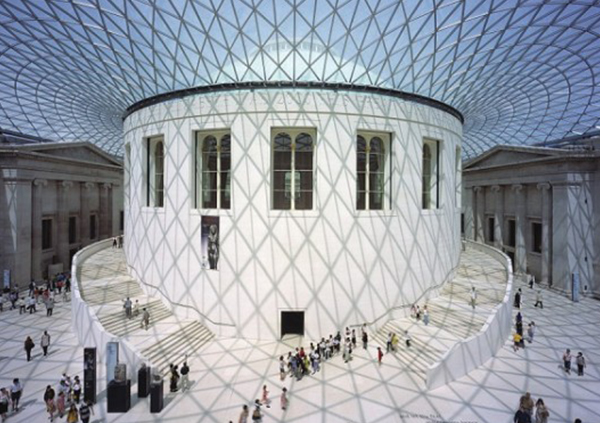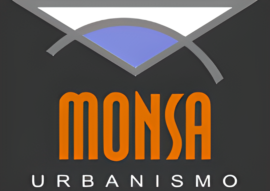BRITISH MUSEUM - MUSEUMS OF THE WORLD

The British Museum (British Museum) is a museum in the city of London, United Kingdom. Its collections cover diverse fields of human knowledge, such as history, archaeology, ethnography and art.
The museum was one of the first institutions of its kind in Europe. It guards more than seven million objects from all continents, many of which are stored for study and restoration, or kept due to lack of space to display them. It also has the largest reading room in the British Library, a library that, although it now has its own headquarters, was also part of the museum until 1973, as was the Natural History Museum in London, which changed its headquarters in the year 1963.
The Ancient Egypt section is the most important in the world after that of the Egyptian Museum in Cairo. Entry to the museum and many of the services it offers – such as the reading room – are free of charge, with the exception of some temporary exhibitions.
The museum officially opened to the public on January 15, 1759, in the mansión Montagu, but when it became too small, the construction of a new neoclassical-style building, designed by Robert Smirke, began in 1852 in the same location. The construction of the new headquarters of the museum, which has survived to this day, ended in 1857 with the construction of the study circular room. On its main façade, in the pediment, a sculpture complex built by the British sculptor Richard Westmacott was installed in 1852.
The Duveen room, which houses the Parthenon collection, was built in 1938 by the architect John Russell Pope, but in 1940 it was damaged by a bomb in the bombings of World War II, being rebuilt and reopened to the public in 1962 .
One of the latest additions to the British Museum opened in December 2000. It is the Queen Elizabeth II Great Court. Located in the center of the museum, it is designed by the studio of architect Norman Foster.
It occupies the place previously occupied by British Library, already transferred to its new headquarters. The Great Atrium has become the largest covered plaza in Europe (90 x 70 meters). The roof of the atrium is made of glass and steel, and is made up of 1,656 pairs of crystals.
In the center of the Great Atrium is located the reading room, which was previously part of the Britanic Library,. The hall volumes were consulted by many great personalities throughout their history, such as Karl Marx, Oscar Wilde, Mohandas Gandhi, Rudyard Kipling, George Bernard Shaw, Vladimir Lenin and H. G. Wells. The reading room is open to anyone who wishes.
Departments
It currently consists of ten departments and houses part of the British Library.
Both the Prehistoric and Romano-British Antiquities department and the Medieval Antiquities department exhibit works of art ranging from prehistoric Europe to the present day, through the Middle Ages and the Renaissance.
The coins and medals department covers all cultures and periods, and includes Greek, Roman and Oriental pieces, as well as the Royal Collection presented to the Museum by George IV.
The department of Egyptian antiquities, which houses one of the largest collections in the world, is especially known for housing the Rosetta stone and for its many papyri, mummies and sarcophagi.
The ethnography department holds objects from indigenous peoples from all over the world, especially the collection compiled by Captain James Cook in the 18th century. These objects are on display at the Museum of Mankind, located in Burlington Gardens.
The department of Greek and Roman antiquities houses many famous works of art. Among these it is worth mentioning the Roman glass vessel known as Portland glass, from the 1st century, the Warren Cup, with scenes of homosexual sex, the frieze of the temple of Apollo of Bassae (Greece), theElgin Marbles and the sculptures of the Mausoleum of Halicarnassus, in Türkiye.
The Department of Oriental Antiquities has collections of Islamic and Oriental art and archaeology, especially Chinese ceramics and Hindu sculpture. The Department of Prints and Drawings contains an important collection of European graphic art spanning from the end of the Middle Ages to the present day. .
The Western Asian Antiquities department displays both Mesopotamian and Mesopotamian works dating back to 5000 BC. C. until the arrival of Islam in the 7th century AD. The collection includes abundant material from the excavations that the English archaeologist Leonard Woolley carried out in the ancient city of Ur.
The Museum, which also publishes numerous catalogs and manuals on the collections, has other divisions such as the research laboratory and the conservation department.
